Projects on breast cancer and hepatitis awarded by the Gilead Genesis Program
The 10th edition of the Gilead Genesis Program awarded grants to five research projects, two of which were led by scientists from the Institute for Research and Innovation in Health at the University of Porto (i3S). The prizes, each worth €40,000, focus on the areas of brain metastases caused by breast cancer and viral hepatitis.
The INVEST project, led by Ana Sofia Ribeiro, from the “Cancer Metastasis” group, will focus on one of the biggest challenges in breast cancer treatment: brain metastases. Despite scientific advances, she explains, “therapeutic options to combat the spread of breast cancer to the brain are still limited, so it is urgent to develop new, effective approaches and offer quality of life to patients and their families”.
The team formed by researchers Ana Sofia Ribeiro and Rita Carvalho will focus on the VGF protein, already identified by this i3S group as a crucial element in the process of formation of brain metastases. This protein, explains the study coordinator, “plays a decisive role in communication between tumor cells and the brain, facilitating the progression of the disease. So in addition to deepening our knowledge about its role, we will test pharmacological compounds capable of blocking its harmful effects”.
To develop the project the team, from the Faculty of Medicine of the University of Porto (FMUP) and in collaboration with the BioSIM group, will carry out tests on experimental in vitro models, as well as pre-clinical studies in vivo, with the aim of proving the effectiveness of these compounds in inhibiting brain metastasis. The objective, highlights Ana Sofia Ribeiro, “is to implement these therapeutic approaches soon in clinical practice”.
A 3D model to evaluate new viral hepatitis drugs
The project “FibHep: an in vitro 3D model of human fibrosis in hepatitis” is coordinated by Bruno Sarmento, leader of the group “Nanomedicines & Translational Drug Delivery”, and has as its main objective the development of a 3D model of liver fibrosis using human liver cells and biomaterials that will be used to evaluate the efficacy of new drugs in the treatment of viral hepatitis.
Of all the various forms of viral hepatitis the most common are hepatitis B and C, which respectively affect around 254 million and 50 million people globally and are the main causes of chronic liver disease - a disease with increasing prevalence and which culminates in the development of fibrosis and cirrhosis and compromise the normal functioning of the liver. The vast majority of these cases, explains Bruno Sarmento, “are detected in very advanced stages of the disease, when it is already irreversible. Furthermore, available therapies for the treatment of liver fibrosis are not effective, partly due to the absence of models that faithfully replicate this condition and where new therapies can be tested”.
In collaboration with the Bioengineered 3D Microenvironments group, also from the i3S, researchers Bruno Sarmento and Ana Margarida Carvalho intend to fill this gap: “Our work is based on the combination of different types of liver cells with two biomaterials, which will allow us to create in the laboratory a microenvironment with the biochemical composition and mechanical properties of the liver in the context of fibrosis”.
The team will use 3D bioprinting technologies, which “allow the structure of the hepatic lobe to be better mimicked and the fidelity of the model to be further increased” and intends to present a new antifibrotic therapy based on nanoparticles, which will be tested on the developed model.
In this project, Bruno Sarmento explains, “the aim is to take advantage of the capacity of nanoparticles to enable targeted delivery to a specific cell type, in this case hepatic stellate cells, the main actors in fibrosis. In this way, the amount of drug that reaches the target cells increases, reducing side effects caused by the action of the drug on other cell types”.
One of the great advantages of this model, adds the researcher, “is not only that it mimics hepatic fibrosis, but also that it is a platform that allows the quantification of the effect of the applied therapy”. Furthermore, “it has the advantage of being a complement and an alternative to animal models for testing new drugs”.
10th Edition of the Gilead Genesis Program
In the 10th Edition of the Gilead Genesis Program, 47 national projects were submitted (27 research and 20 community intervention projects) by various entities, from SNS institutions, to academic and scientific institutions and non-governmental organizations. A total of ten projects were selected – five research and five community-based – from the areas of HIV, Chronic Viral Hepatitis and Breast Cancer, totaling almost €300,000 in funding.
Created in 2013 with the ambition of encouraging research, production and sharing of national scientific knowledge and promoting initiatives that lead to the implementation of good practices in patient monitoring, the Gilead Gênese Program aims to support research and community initiative projects with grants of up to €40,000 in the areas in which Gilead develops its research, specifically Oncology and Virology. In the field of Oncology, projects on Hemato-oncology are covered, specifically Non-Hodgkin B-cell Lymphomas (diffuse large B-cell lymphoma, primary mediastinal lymphoma, mantle cell lymphoma and follicular lymphoma), and Breast Cancer. In the area of Virology, projects dedicated to Chronic Viral Hepatitis and HIV are supported.

